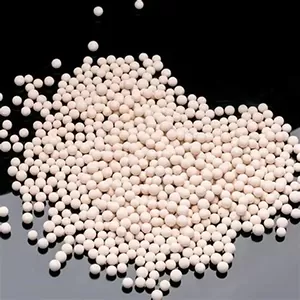molecular sieve, composed primarily of aluminosilicates or carbon, is inert in most scenarios, posing minimal direct harm to humans. Its solid form, when intact, rarely interacts with the body, making it safe for standard industrial handling. However, risks arise when the material is damaged or processed into fine particles.

Inhalation of molecular sieve dust is a primary concern. The small particles can irritate the respiratory tract, causing coughing or shortness of breath, especially in individuals with pre-existing lung conditions. Prolonged exposure may lead to cumulative irritation, emphasizing the need for protective gear like masks when handling broken packing or during maintenance.
Skin contact with dry molecular sieve is typically harmless, but moisture absorption can cause mild drying or itching. Eye exposure to dust may result in redness or discomfort, requiring immediate rinsing. Additionally, some molecular sieves treated with chemicals for specific adsorption tasks could release harmful substances if ingested, though such cases are rare with proper storage.
Overall, molecular sieve is safe when handled with basic precautions: avoiding dust inhalation, wearing protective equipment, and storing it away from food or drink. These measures mitigate the few risks associated with its use, ensuring safe operation in industrial settings.

